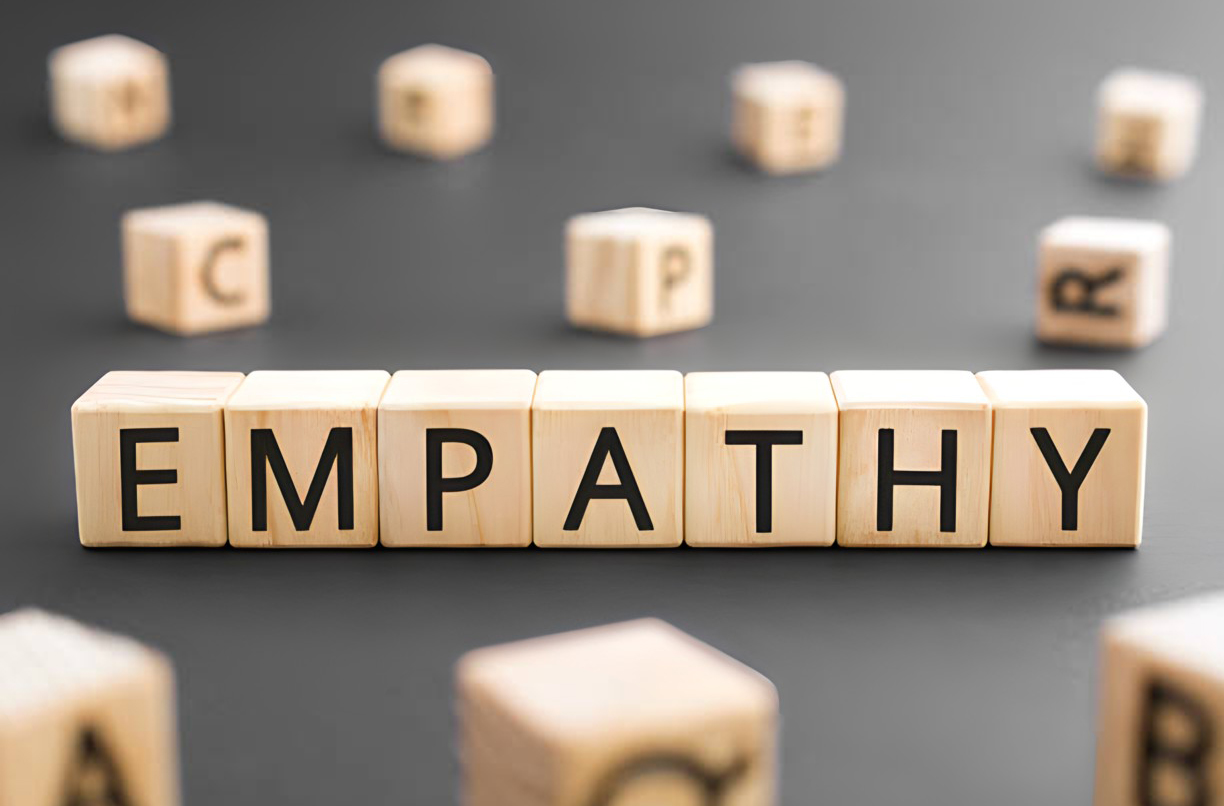5 Ways to Be More Empathetic

The ability to comprehend and share the sentiments of others is referred to as empathy. It is a necessary trait that allows us to form healthy relationships, understand different points of view, and connect with others on a deeper level. Being empathetic, on the other hand, is not something that everyone is born with. It is a skill that must be honed and refined through time. This blog will look at five strategies to be more empathetic.
1. Putting Oneself in the Shoes of Others
Putting yourself in someone else's shoes is one of the most effective strategies to become more empathetic. This is attempting to perceive the situation from their point of view and comprehending how they feel. This allows you to better understand their feelings and intentions, allowing you to connect with them on a deeper level. To practice, put yourself in the other person's shoes and contemplate how you would feel if you were in their situation.
2. Sending the Right Bouquet
Sending someone the right bouquet is another way to demonstrate empathy. Flowers can be a powerful way to communicate your feelings, and different types of flowers have different meanings. For example, yellow flowers symbolize friendship and cheerfulness, while red roses symbolize love and passion. By sending the right flowers, you can show that you understand the other person's emotions and are willing to express your own in a thoughtful and meaningful way.
However, it's important to note that the meaning of flowers can vary across cultures and regions. For instance, in some cultures, white flowers are associated with funerals and are not typically used in celebratory or romantic contexts. Similarly, some people may have allergies or aversions to certain types of flowers. Therefore, it's important to consider the recipient's cultural background and preferences before selecting a bouquet. Additionally, you can accompany the bouquet with a thoughtful note or message that expresses your empathy and support for the recipient.
3. Active Listening
Empathy relies heavily on listening. Listening to someone shows that you care about their feelings and are willing to hear them out. Paying attention to the person's words, tone, and body language is an example of active listening. Try not to interrupt or judge the person who is speaking. Ask open-ended questions instead and try to explain their point. This demonstrates that you are involved and invested in the debate.
4. Practicing Perspective-Taking
Trying to see the world through the eyes of others is an example of perspective-taking. This entails attempting to comprehend their experiences, opinions, and values. When you can see things from someone else's perspective, you can better appreciate their point of view and empathize with their feelings. To practice this, try to put yourself in the other person's position and think about how their experiences have shaped their beliefs and values.
5. Empathy in Action
Empathy is more than merely understanding another person's emotions. It also entails taking action to assist them. This can involve offering support, and advice, or simply being there for them when they need you. When you take action to help someone, it demonstrates that you care about their well-being and are willing to go the extra mile to support them.
Remember that empathy is not just a one-time action, but a continuous process of understanding and connecting with others. It requires patience, openness, and a willingness to learn and grow. By incorporating these five strategies into our daily lives, we can become more empathetic individuals and create a more compassionate world.










